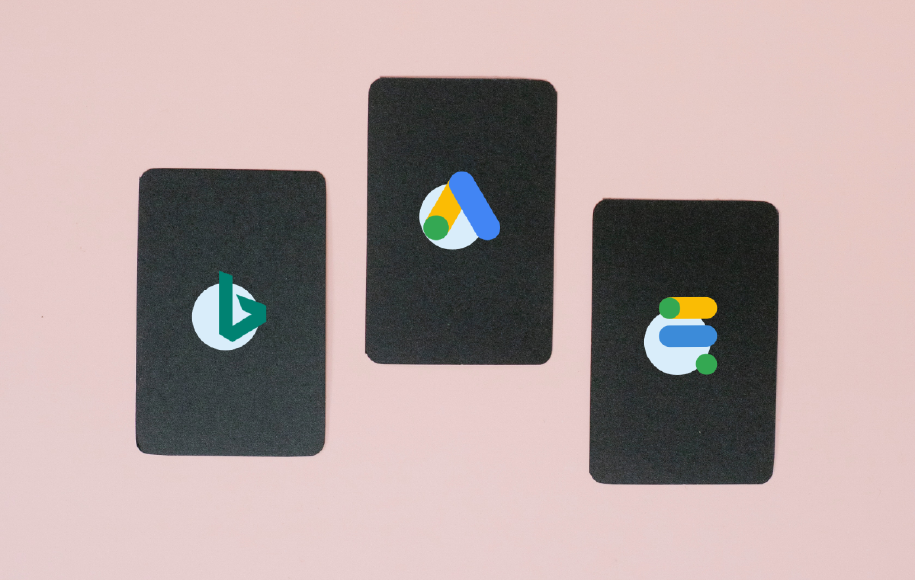One of the most potent tools in a marketer’s arsenal within Google Ads is remarketing. It’s not merely a buzzword but a strategic approach that can significantly benefit your existing campaigns. In this article, we’ll delve into what remarketing is, how it can amplify your campaign’s success within Google Ads, and the steps to set up a remarkable remarketing campaign.
What is Remarketing in Google Ads?
Remarketing, also known as retargeting, is a digital marketing technique that focuses on re-engaging with users who have previously interacted with your website, app, or ads. It’s based on the premise that users who have shown interest in your products or services in the past are more likely to convert into paying customers. Remarketing accomplishes this by displaying tailored ads to these specific users as they browse the web or use mobile apps.
The core concept behind remarketing is simple but powerful: remind potential customers of your presence and entice them to return, complete a desired action, or make a purchase. This strategy leverages the psychological principle of familiarity, making your brand and offerings more appealing to users who have already shown interest.
Benefits of Remarketing in Google Ads for Existing Campaigns
So, why should you consider incorporating remarketing into your digital marketing strategy within Google Ads? Here are some compelling benefits: Increased Conversion Rates:Remarketing campaigns within Google Ads often yield higher conversion rates compared to other marketing tactics. This is because you’re targeting users who have already expressed an interest in your products or services. They’re further along the sales funnel and more likely to take the desired action, whether it’s making a purchase, signing up for a newsletter, or requesting more information.
Enhanced Brand Recall
Consistent exposure to your brand and messaging through remarketing reinforces your brand in the minds of potential customers. This increased brand recall can influence their decision-making process and make them more inclined to choose your business when they’re ready to convert.
Cost-Effective Marketing
Remarketing within Google Ads typically offers a favourable return on investment (ROI) because you’re targeting a specific and engaged audience. Since these users are more likely to convert, your ad spend is allocated more efficiently, reducing the cost per acquisition.
Customisation and Personalisation
Remarketing allows you to tailor your ads to specific user segments based on their previous interactions with your website or app. You can create personalised messages, offers, and product recommendations, increasing the relevance of your ads and improving their effectiveness.
Cross-Device Reach
Modern remarketing tools within Google Ads enable you to reach users across various devices and platforms, including desktops, mobile devices, and social media. This ensures that you stay connected with potential customers regardless of their preferred browsing or shopping methods.
Setting Up a Remarketing Campaign in Google Ads
Now that we’ve explored the benefits of remarketing in Google Ads, let’s outline the steps to set up a successful remarking campaign:
Step 1: Define Your Remarketing Audience
Begin by identifying the specific audience segments you want to target with your remarketing ads within Google Ads. This can include users who abandoned shopping carts, visited specific product pages, or engaged with your content in various ways. The more precise your audience segmentation, the more effective your campaign will be.
Step 2: Install Remarketing Tags
To track user interactions and build your remarketing audience within Google Ads, you need to install remarketing tags on your website or app. These tags collect data about user behaviour, such as page views, clicks, and conversions. Google Ads provides detailed instructions on how to set up these tags.
Step 3: Create Remarketing Lists
Using the data collected by your remarketing tags, create custom remarketing lists based on user behaviour. For example, you can create a list of users who viewed a specific product but didn’t make a purchase. These lists will be the foundation of your remarketing campaigns within Google Ads.
Step 4: Craft Compelling Remarketing Ads
Design visually appealing and compelling ads within Google Ads that resonate with your target audience. Emphasise the value of your products or services and consider offering exclusive discounts or incentives to entice users to return.
Step 5: Set Campaign Budget and Bidding Strategy
Determine your campaign budget and bidding strategy within Google Ads. You can choose between manual bidding or automated bidding strategies depending on your goals and expertise. Allocate your budget strategically to reach your defined audience effectively.
Step 6: Launch and Monitor Your Campaign
Once your campaign is set up within Google Ads, launch it and closely monitor its performance. Track key metrics such as click-through rates (CTR), conversion rates, and ROI. Make adjustments to your ads, targeting, and bidding strategy as needed to optimise results.
Step 7: Test and Iterate
Continuous improvement is key to successful remarketing within Google Ads. A/B test different ad creatives, messaging, and audience segments to refine your campaign over time. Use the insights gained from testing to make data-driven decisions and maximise your campaign’s impact.
Conclusion
Remarketing in Google Ads is a potent digital marketing strategy that can breathe new life into your existing campaigns. By re-engaging with users who have already expressed interest in your offerings, you can boost conversion rates, enhance brand recall, and achieve a more favourable ROI. Follow the steps outlined above to set up your own remarkable remarketing campaign within Google Ads and watch your digital marketing efforts reach new heights.


